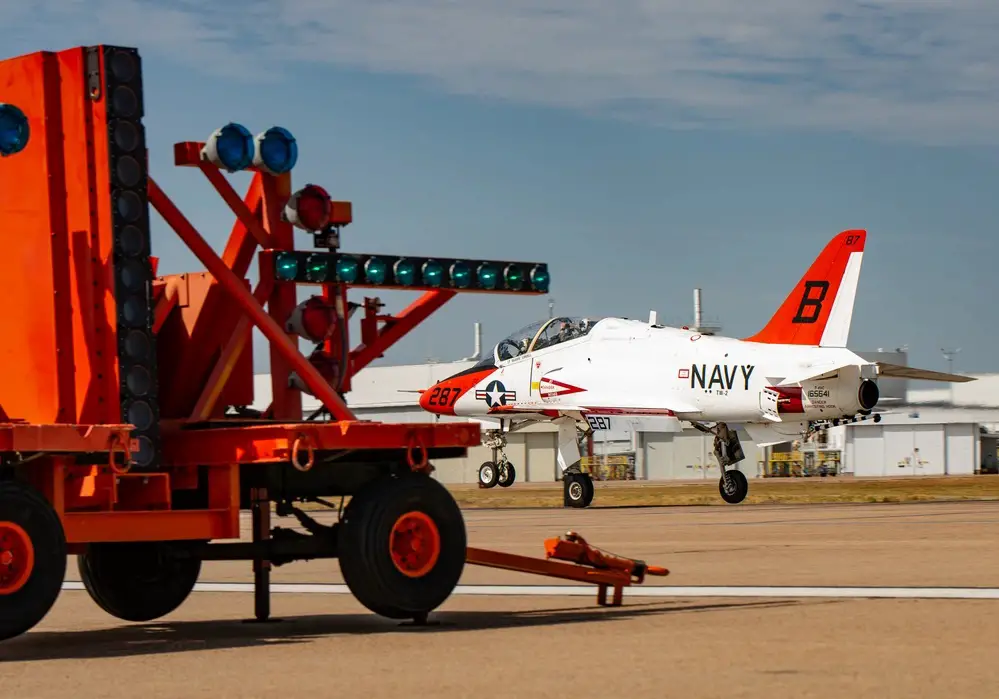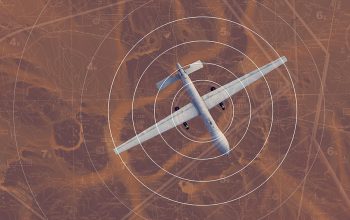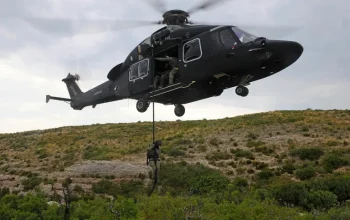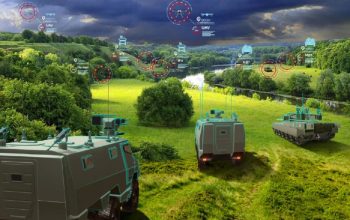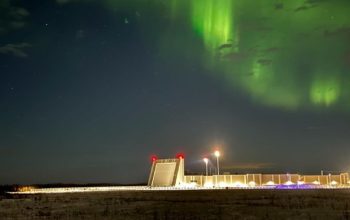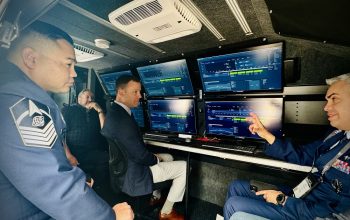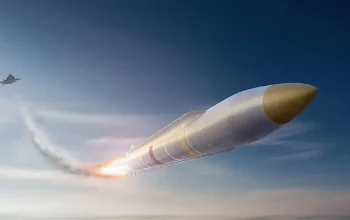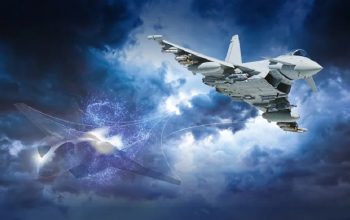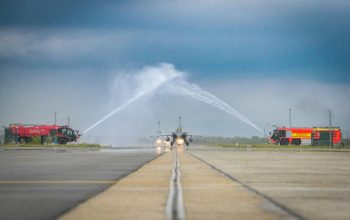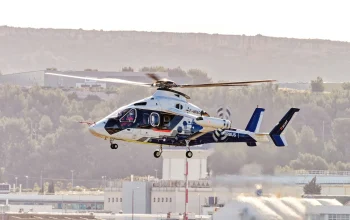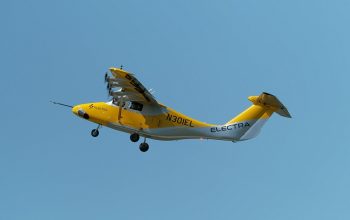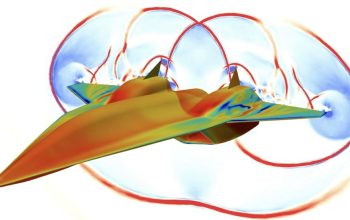Naval Air Station (NAS) Joint Reserve Base (JRB) Fort Worth has recently expanded its training capabilities by acquiring an Improved Fresnel Lens Optical Landing System (IFLOLS). With this specialized equipment, NAS JRB Fort Worth is now fully equipped to host specialized training flights for pilots, enabling them to practice and perfect their aircraft carrier landing skills. The IFLOLS allows new pilots to undergo training in a controlled environment. Aspiring naval aviators will undergo Field Carrier Landing Practice (FLCP) flights, both during the day and night, to master utilization of the IFLOLS under simulated carrier conditions.
“We proactively sent two Sailors from the transient line and one from ground electronics to NAS Meridian for training on the pre-operational inspection and proper setup of an IFLOLS. This training ensures that personnel are equipped with the necessary skills to efficiently perform these tasks and maintain the IFLOLS system at its peak operational capabilities. The setup process itself typically takes around 45 minutes to complete,” said Aircraft Launch and Recovery Equipment Maintenance Subject Matter Expert Rob Donaldson.
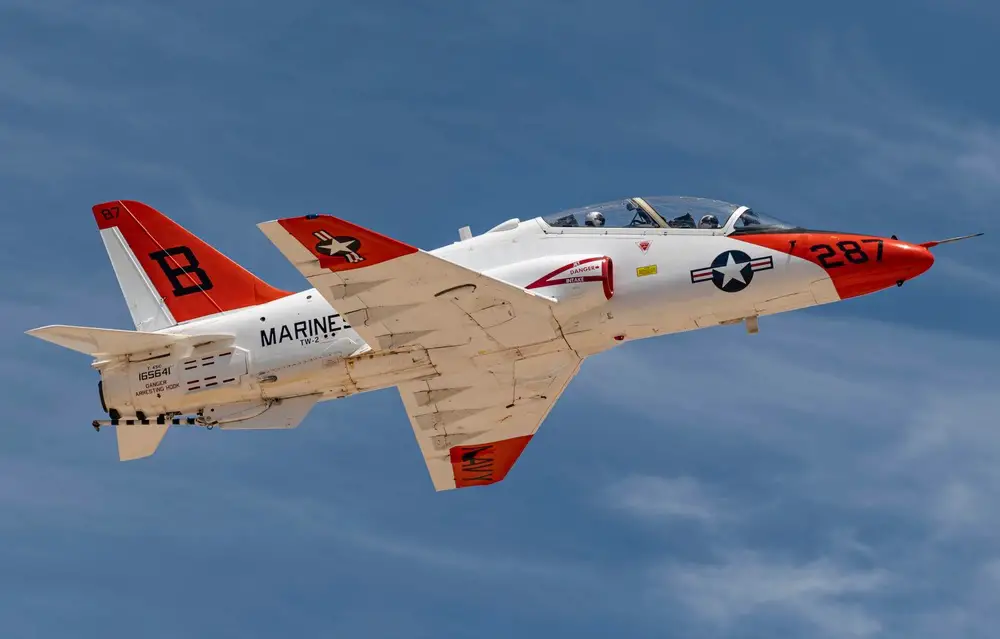
“FCLP flights consist of up to a dozen touch-and-go landings per student, each of which will be carefully graded by an experienced Landing Signals Officer (LSO). The LSO is a seasoned carrier aviator specifically trained to mentor and guide pilots as they land at the carrier. The aircraft carrier environment is unique among runways since it is just 500’ long, located 60’ above a pitching sea with minimal lighting at night. The meatball is a key component to getting a naval aviator on deck safely at the carrier. It requires special experience to use it properly, and the consequences of ignoring it or misinterpreting its signals can easily result in catastrophic mishaps,” said Executive Officer Clayton Johnson.
The installation and removal of the IFLOLS on the flight line will be handled by the transient line personnel at NAS JRB Fort Worth. Ground electronics technicians will be responsible for conducting maintenance to ensure the IFLOLS remains in optimal working condition. Now that NAS JRB Fort Worth has an IFLOLS, it can be used as a training facility during times of heavy bird migrations or hazardous weather, allowing flight training to continue year-round. The IFLOLS is unique to the US Navy as no other service routinely operates aircraft offshore, hundreds of miles away from land.
